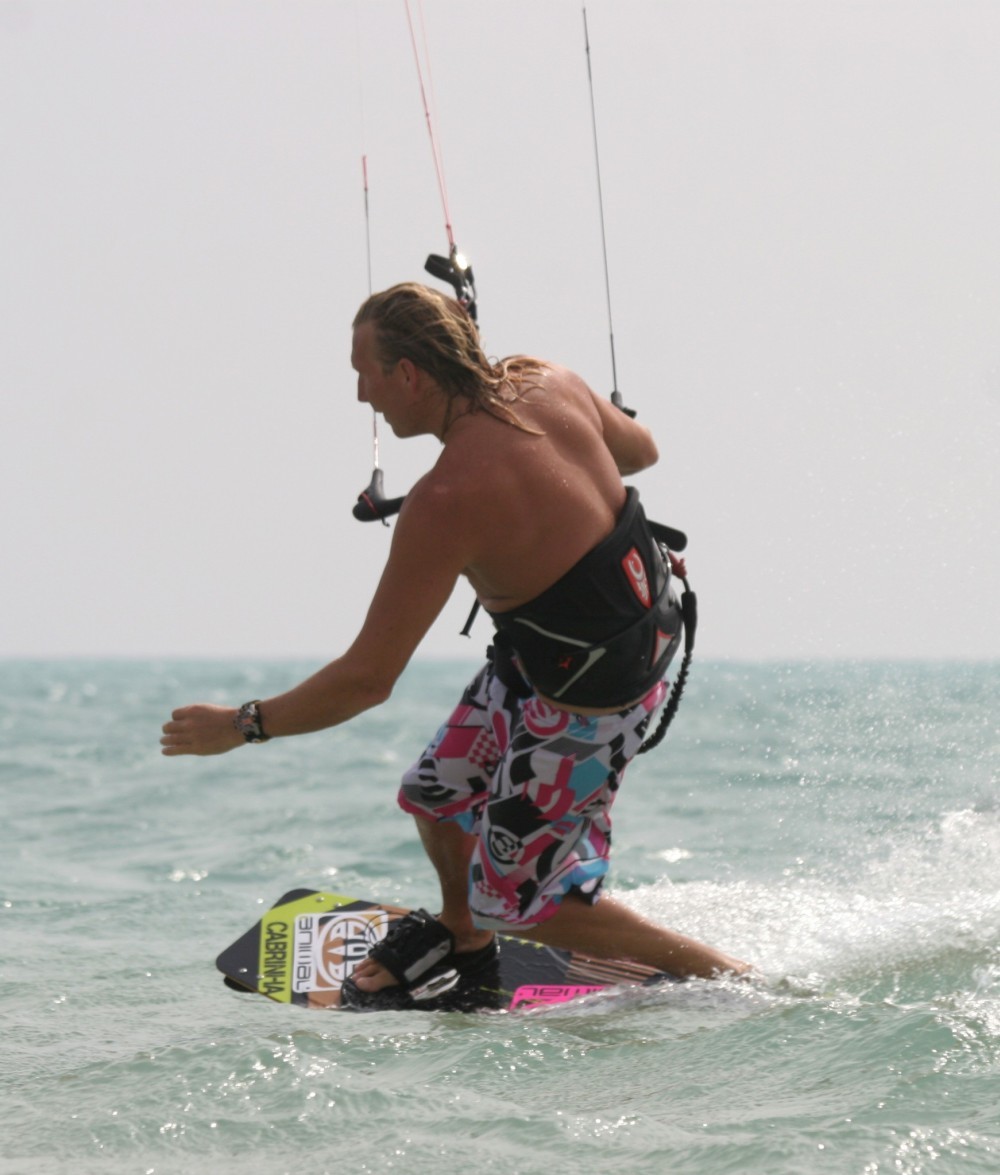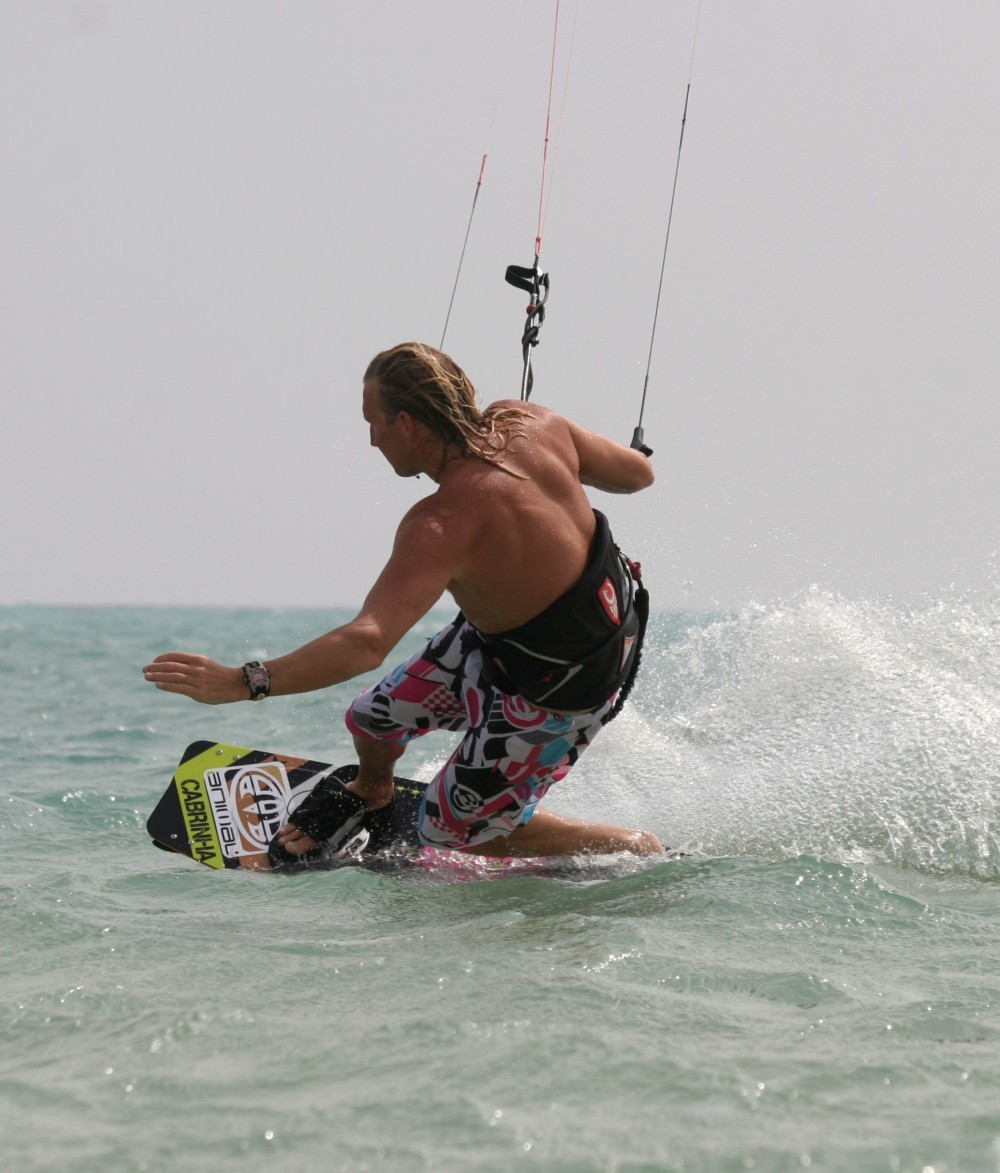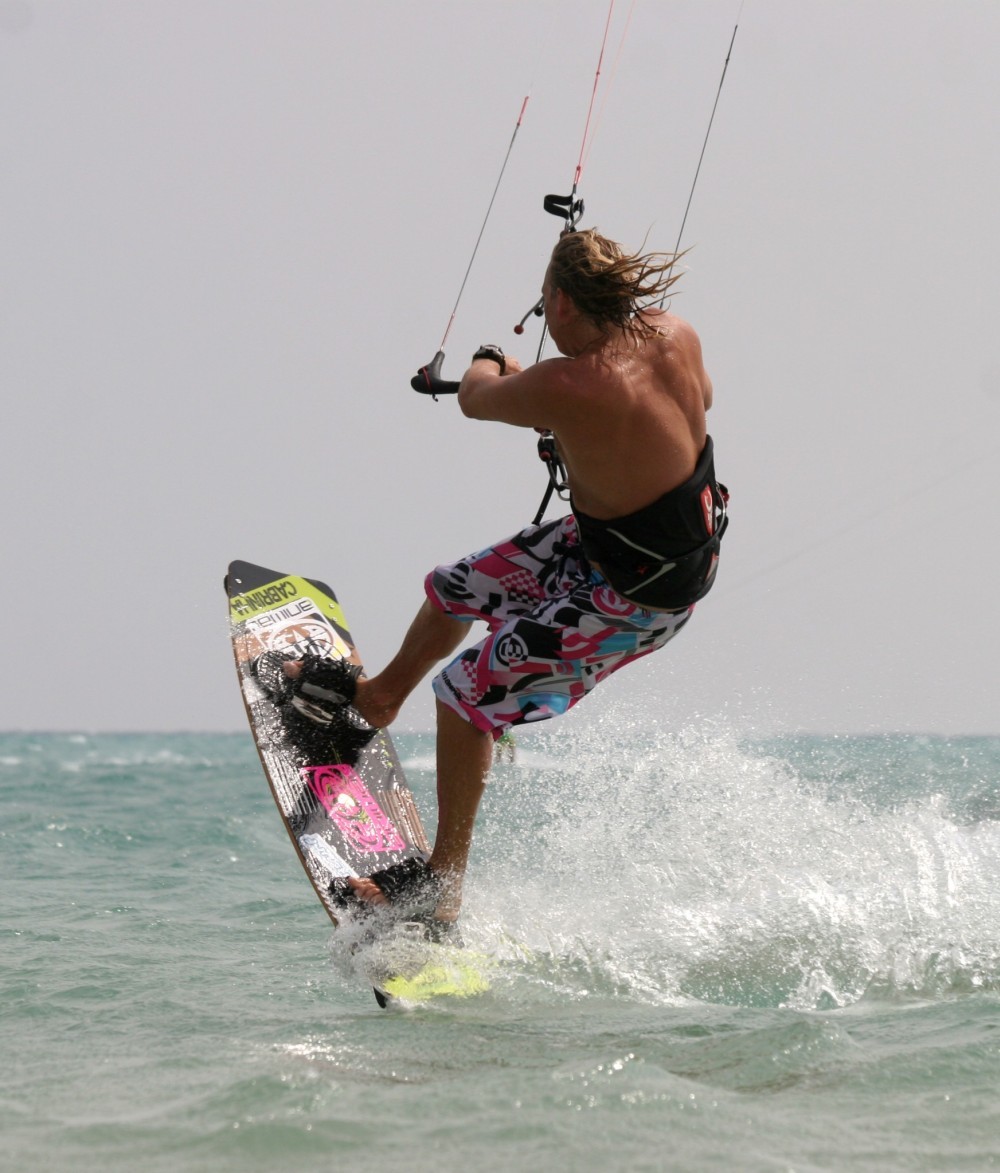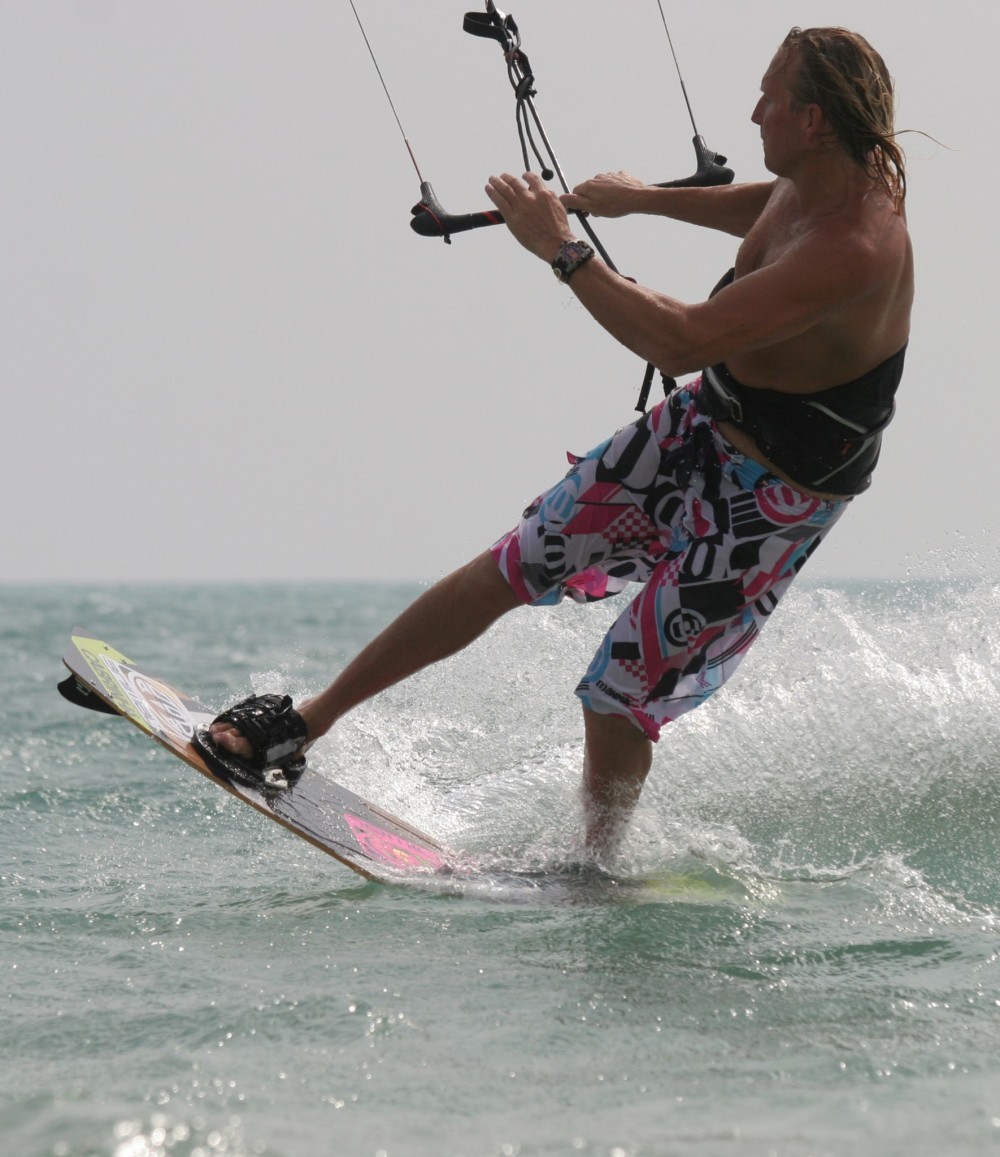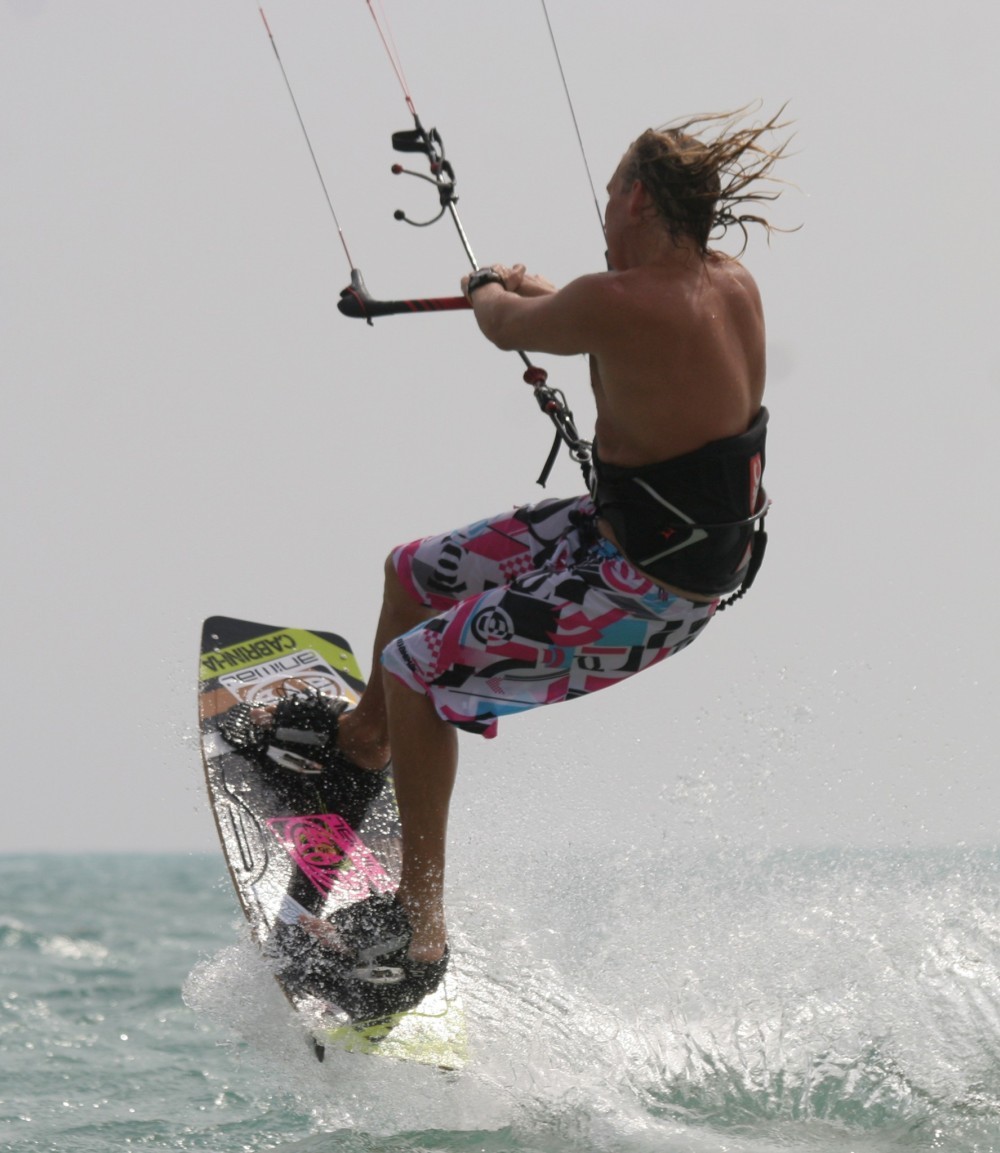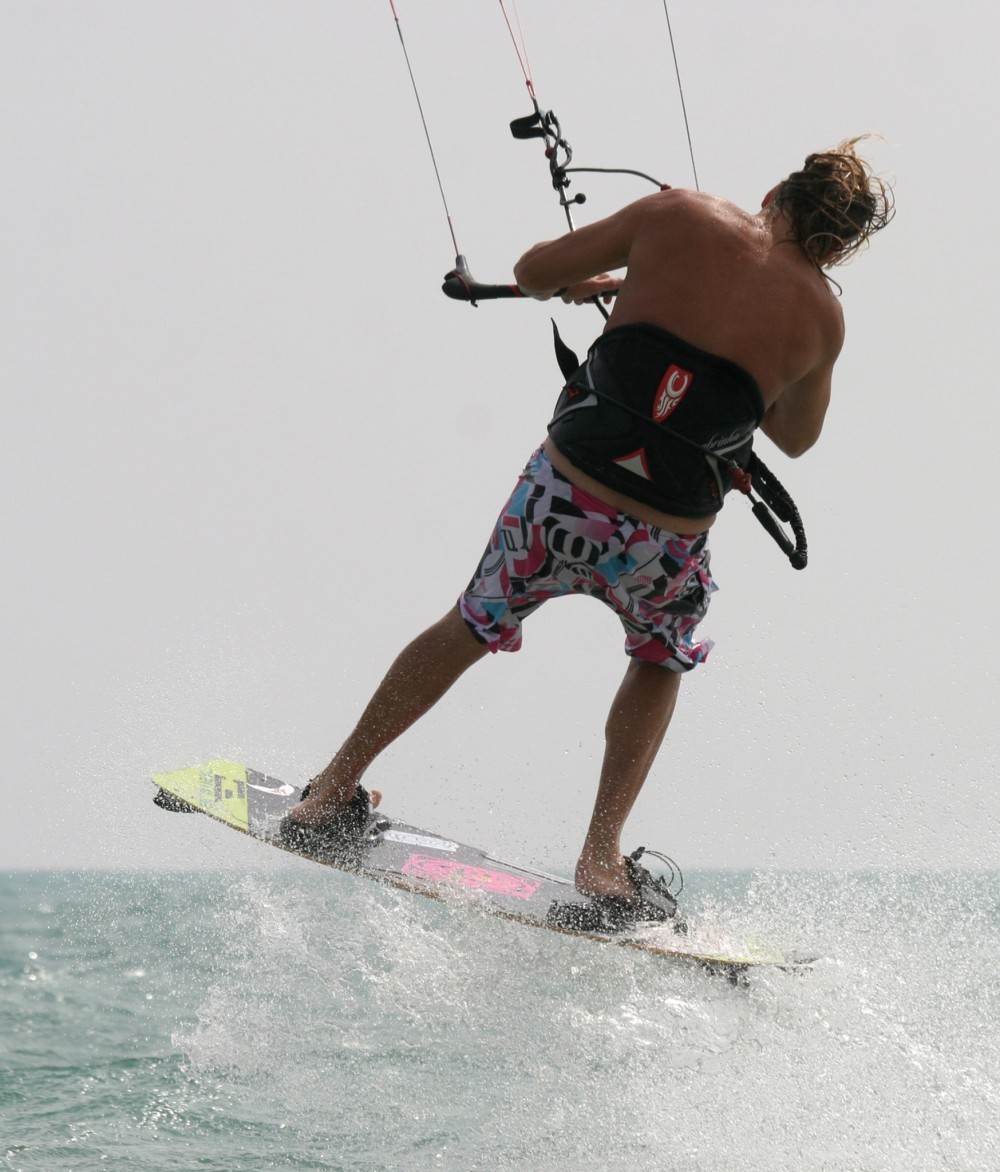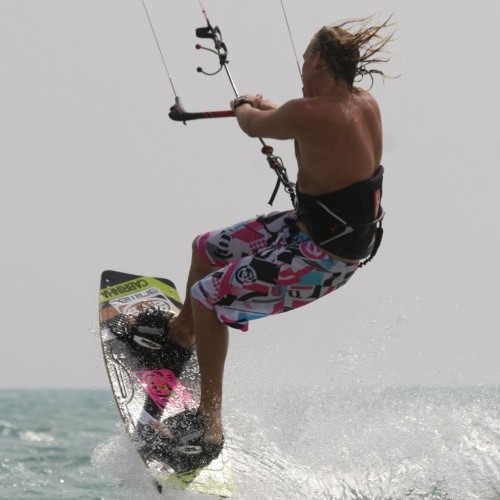
Toeside Pop to Blind
Technique / Intermediate
Introduction
We’ll be having a look at doing this hooked in, as it’s a good looking trick that can still be accomplished even with cold gloved hands. People have been doing this since time began but you still don’t spot it very often, so a great one for getting yourself noticed. Have a butchers at Video 1.
Realistically you’ll either need to be very good at toe side on your second best side so that you can still pop convincingly, or you’ll need to learn to ride blind on your other tack so that you can pop off your best toe side. If you’re not sure which it should be let us tell you that it is probably easier to ride blind on your “other” side, than it is to pop well off your “other” toe side.
So first things first, get your blind going the other way sorted! If you need reminding of some helpful pointers on getting to blind have a look at the inaugural Issue 1.
Top of the Pops
We’re assuming that you’re already comfortable popping back to heel side from your toes. The goal now is to get even more pop so that you’ve got enough time to get yourself and the board around to blind. So effectively all we’re after is the exaggeration of what you can do. Going into this have your hands centred on the bar so that as soon as you are one handed the kite won’t move too suddenly.
Pic A. shows Christian in his approach and set up. The first thing to work on is speed. To get more pop you need more speed. Looking at Christian’s toe side stance here you can see that even though he is on his toes and the water is a bit choppy he’s got quite a lot of weight on his front foot so that the board is riding relatively flat on the front to back axis. This is just what you would aim to do on your heels; too much weight back and the board will slow down.
Christian achieves this by moving his hips forward toward the front foot. This is only possible because he is not twisting his hips and shoulders around to face upwind but rather has them facing forwards. This allows him to bend both knees and drive them forwards towards the front of the board whilst still committing his body weight over to windward. This works well as it prevents Christian from edging too hard and therefore loosing speed.
Finally for all this to work Christian has his kite flying between 10.30 and 11 o’clock. In this position the kite will be flying forward, so generating speed and he has something to drive against without having to edge upwind. Any higher and the kite will lift him off his edge and he’ll loose speed as he edges further upwind to counter the kites lift.
Pic B. Christian suddenly carves up into wind to pop. If you think about what you should do heel side it is the same here for toe side. Christian drops his weight over the back of the board by moving his hips back over his rear foot. This allows him to extend his front leg more and bend his back leg more. He carves up by pushing more pressure through the toes of his back foot. Christian also keeps the bar pulled in to stop the kite de-powering. You can see the increase in spray as the board turns. The tricky bit here is to drive the back of the board upwind whilst keeping the back leg bent and ready to spring. Take note of how Christian is reaching upwind with his free hand to “pull” his body over. Just like heel side pop, this frame captures a split second of sudden carving, too long and you’ll slow down.
Pic C. is really the continuation of Pic B. Christian has stamped down on his back foot with all his force and extended his back leg in an effort to explode upwards. The board is in the desired wheelie position as a result of Christian having his weight right back as he popped. This simulates going up a mythical ramp and projects the board up and forward. However once he gets airborne Christian needs to get balanced over the board, if he leans back he’ll simply fall in. Yet again the free hand is the answer. As soon as he pops Christian reaches forward to grab the bar, which “pulls” his body weight forward and gets him into a balanced position from where he can continue the rest of the move.
This pop from toe side is the key, so it’s worth practicing. The fact that most of us are riding much wider boards now does in fact make this slightly more difficult than it used to be. To begin with it can really help if you aim for a bit of chop or a small wavelet just to get the timing right. It’s all about edging and exploding as a combo, but quicker than you can think about it. It really is edge and stamp in one count as the body takes time to react.
Forward Thinking
The next step to concentrate on is that of getting forward and getting ready. Your aim is to get into a position in the air from which you can turn to blind.
Pic D. once again shows the moment of take off, but from this angle you can clearly see that as soon as Christian explodes up off his back foot he is concentrating on getting his free hand back on the bar. The simplest way to do this is to look where you want to put your hand, as Christian is doing. The added bonus of having one hand on the centre of the bar is that you will be reaching towards it, bringing your hands together which is something that the body can do pretty well.
Pic E. demonstrates what reaching forward does. By going for the bar Christian’s shoulders turn to face the kite, which in turn rotates his entire body, hips and eventually the board. Once he has his hand on the bar Christian can physically pull on the bar to bring his hips up and towards it.
Pic F. Having pulled his hands towards his left hip, Christian has built up a momentum that is rotating him around the centre of the bar and chicken loop. So far that energy has got him to here. The interesting thing about this picture though, is that if you hadn’t seen the previous ones you could be excused for thinking that Christian was popping to blind from heel side. Which basically means that from here Christian just needs to keep turning to blind, as he would normally do. Awesome.
The last point to make however is back to the pop. As a result of decent pop off his toes Christian still has plenty of height/space to turn the board. If you pop as if you’re coming back to heel side from toe side you’re going to get wet!
So to start with just practice popping back from toe side to heel side, aiming to get a lot of height and both hands back on the bar…
True to Form
If you’ve been practicing your pop and you’re confident in your blind then there’s no time like the present! The flatter the water is the easier it will be to keep good toe side speed and land blind, but you’ll need to concentrate hard on popping “quickly.”
Following Sequence 1
- Pic 1. With his kite no higher than 11 o’clock and good board speed, Christian suddenly carves hard into wind by dropping his weight back and into the wind whilst driving against his back foot.
- Pic 2. Christian pops up by forcefully extending his back leg, stamping down on his back foot. At the same time he reaches forward with his free hand towards the bar.
- Pic 3. Christian grabs the bar in the centre with his left hand.
- Pic 4. Christian pulls the bar towards him and starts to turn to blind by releasing his back hand and turning his head down towards the water behind him.
- Pic 5. As he rotates around Christian extends his leading leg (the right one), pushing it down towards the water, and lifts his trailing leg up under his bum. He continues to turn his head away from the direction in which he is travelling and swings his free arm upwind of him. Both these actions keep him turning.
- Pic 6. As the nose of the board touches down it twists the board further around and across the wind. Christian keeps his head over his now trailing foot (left one).
- Pic 7. With his head over that foot, Christian has sufficient weight over the centre of the board, and as a result the board “bites” and accelerates.
- Pic 8. Now happily cruising blind Christian can carry on, spin back around, go into another trick or wipe out!
Common Problems and Top Tips
In the initial learning of this you’re most likely to not be getting far enough around to land and keep moving. Here are some solutions.
1. If you’re not getting enough pop try sailing less upwind toe side and more across the wind. This way to turn up and generate pop you just need to turn to where you know you can – not further.
1.There is a lot of subconscious knee work going on here as the legs try and change the board’s position. This may sound obvious but your feet will be pulling in the straps as well as pushing so get them tight so that you can muscle the board around.
2. Use the momentum from your take off to turn you. By reaching forward, grabbing the bar and then releasing the other hand you’ll turn much faster. Concentrate on speeding up your hand movements and the rest will fall into place
3. If you are landing on a recently learnt blind side remember that you need to keep your weight over the board so that it can keep moving once you land. As you turn drop your head and swing your arm but don’t push your feet away from you. They need to be underneath you not downwind of you.
Keystones
- Speed across the wind
- Quick pop
- Reach forward and pull front hand to spin quickly
- Swing back arm
- Land over the board
This technique article was in Issue 20 of IKSURFMAG.
Related
By Christian and Karine
Christian and Karine have been working together as a coaching team, running improver to advanced kitesurfing clinics since 2003.







